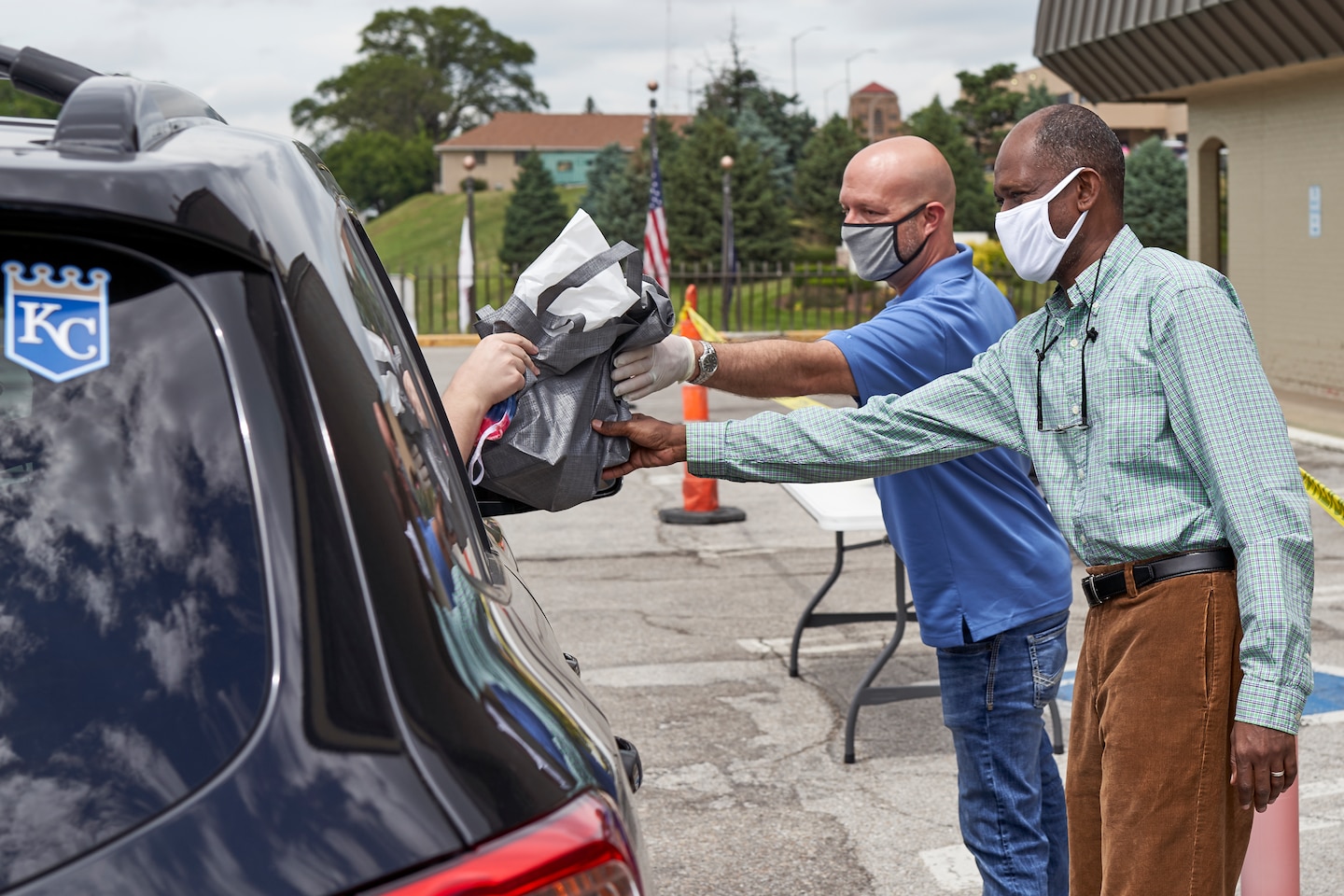Don’t pull the plug on pandemic unemployment aid

Traditional state unemployment insurance benefits replace, on average, only about 40 percent of a worker’s lost wages. As concerns about the pandemic’s impact grew in March, Congress created a federal “top-up” payment to supplement state-level unemployment benefits. Congress wanted to give workers enough money to replace 100 percent of their lost wages, but embarrassingly ancient government IT systems made it virtually impossible to link benefits to a specific share of workers’ lost pay. Lawmakers instead settled on a flat $600 extra per week, for every worker, an amount chosen because it was roughly enough to make the average jobless worker whole.
Inevitably, some idled workers have been receiving more in unemployment benefits than they did in their pre-pandemic paychecks. Now, economic advisers to President Trump argue that these benefits are too generous — and are the real reason unemployment remains so high: Workers are allegedly being treated to a collective, government-sponsored vacation and refuse to return to their jobs.
Outside adviser Stephen Moore even recently claimed that “the single most important thing we have to do going forward” to improve the U.S. economy is to “stop the $600-a-week payments.” Not, say, curbing the spread of covid-19 or safely expanding child-care reopenings.
During normal times — that is, in a healthy economy, with ample job opportunities — it would be reasonable to worry that generous unemployment benefits discourage recipients from taking available jobs.
But the main problem now is that there just aren’t many jobs available.
Job vacancy postings are still down about a quarter from precrisis levels. And while it seems possible that, on the margin, some workers might turn down work because they want to keep getting that government cheese, the generosity of benefits do not, on net, appear to be holding back employment growth.
“So far, there is no evidence that the [federal $600 payments] had either job finding or job leaving effects in the May and June data,” according to a detailed analysis of Labor Department data from Ernie Tedeschi, Evercore ISI’s head of fiscal analysis.
Even Republicans’ star witness in a recent Senate hearing about whether benefits were too lavish — a small-business owner whose employees had grumbled because their laid-off colleagues were earning more on the dole — acknowledged that he had no trouble rehiring all his workers: “I was very happy that no one refused to come back,” he testified, “and everybody when I talked to them was in agreement and said ‘Fine, we’ll see you tomorrow.’ ”
This makes sense, given current economic conditions.
Fatter though those benefit checks may be, workers know that they’re temporary. Most don’t want to burn a bridge by turning down a job offer when unemployment remains at its highest levels since the Great Depression. And federal and state rules already require people to lose their benefits if they refuse “suitable work.”
Besides, to the extent that people are reluctant to return to work, concerns about infection risk and lack of child care may weigh more heavily on their decisions than unemployment checks.
While evidence is thin that the federal benefit is discouraging work, evidence is abundant that the program has boosted consumer spending.
Research from the JPMorgan Chase Institute suggests that the additional $600 has had a huge bang for its buck and has been a major contributor to the recovery thus far in consumer spending.
Tedeschi, of Evercore ISI, estimates that allowing the enhanced benefit program to lapse would lead to a 2 percent reduction in gross domestic product by year’s end. Even scaling back the federal aid — by, say, halving it to $300 per week, as lawmakers are reportedly considering — would result in a sizable hit to GDP, around 1 percent this year.
The blow would be especially painful in some states with high unemployment; in Nevada, for instance, these enhanced benefit payments are the equivalent of 11 percent of personal income statewide.
Look, the current benefit design shouldn’t continue as-is forever. At some point, as economic conditions normalize, jobless benefits greater than workers’ expected wages will disincentivize work. That’s why it’s a good idea to phase out the $600 bonus as the economy recovers, and link benefit levels to state economic and public health conditions. Also helpful would be some kind of pandemic-related earned-income tax credit, to reward (and enhance the spending power of) those who do get jobs.
But with the U.S. economy still in a coma, it’s not the time to withdraw life support.
Read more:






